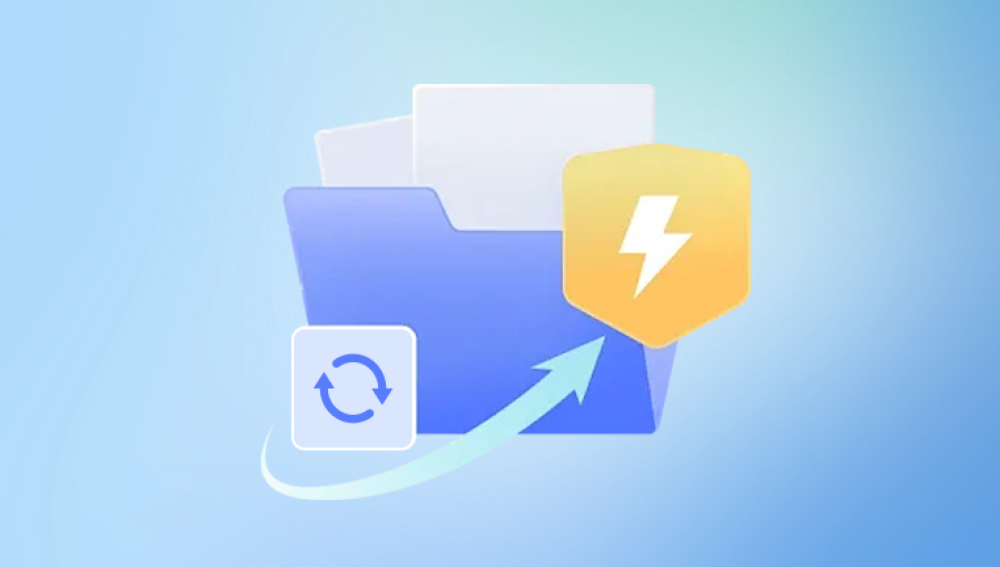System Restore is a built-in feature in Windows operating systems designed to protect and repair the system by reverting it to a previous state without affecting personal files, such as documents, photos, and music. However, many users wonder whether it can restore deleted files. This tutorial aims to provide a comprehensive understanding of System Restore, how it works, its limitations, and alternative methods for recovering deleted files.
1. System Restore
What is System Restore?
System Restore is a Windows feature that allows users to revert their computer's system files, installed applications, Windows Registry, and system settings to a previous state. This can be particularly useful after a system failure, a virus attack, or when new software causes instability.
How System Restore Works
When System Restore is enabled, Windows creates restore points. A restore point is essentially a snapshot of your system's state at a specific time, including system files and settings. Restore points are automatically created:
.jpg)
Before installing new software or updates.
Before making significant system changes.
Manually by the user.
Key Features of System Restore
Non-Destructive: System Restore does not affect personal files and documents.
Automatic Restore Points: Created periodically or before major updates.
Manual Restore Points: Users can create restore points as needed.
2. What System Restore Can and Cannot Do
Can System Restore Recover Deleted Files?
Short Answer: No, System Restore cannot recover deleted files. It is specifically designed to restore system files and settings, not user data.
Long Answer: While System Restore can revert your system to a previous state, it does not restore files that were deleted prior to the restoration. System Restore only affects the system files and programs installed on the computer. Personal files, such as documents, pictures, and music, are not included in the restore process.
Limitations of System Restore
No User Data Recovery: As mentioned, it does not recover deleted files.
Limited Restore Points: Depending on your settings, you may have a limited number of restore points available.
Changes to Programs: Any applications installed after a restore point will be removed, and any applications uninstalled before it will be restored.
When to Use System Restore
System Restore is most effective when:
You encounter system errors after a software installation or update.
Your system becomes unstable, and you want to revert to a previous, stable state.
3. Step-by-Step Guide to Using System Restore
Preparing for System Restore
Before proceeding with a System Restore, consider the following:
Back Up Important Files: Always ensure your important files are backed up elsewhere. Since System Restore does not recover deleted files, this step is crucial.
Close Applications: Close all running applications to avoid losing unsaved work.
How to Perform a System Restore
Follow these steps to initiate a System Restore:
Open System Properties:
Press Windows + R to open the Run dialog.
Type sysdm.cpl and press Enter.
Access System Restore:
In the System Properties window, go to the System Protection tab.
Click on System Restore.
Choose Restore Point:
Click Next in the System Restore wizard.
Select a restore point from the list. You can check the box that says Show more restore points to view additional options.
Confirm Restore Point:
Review the information and click Finish to start the restoration process.
Your computer will restart, and the restore process will begin.
Verifying System Restore
Once your computer restarts, it will display a message indicating whether the restoration was successful. You can check your system to see if the issues have been resolved.
4. Alternative Methods for File Recovery
Since System Restore does not recover deleted files, here are some alternative methods:
File History
File History is a Windows feature that allows you to back up and restore personal files. It automatically saves copies of your files every hour.
Set Up File History:
Go to Settings > Update & Security > Backup.
Click on Add a drive and select an external drive or network location.
Recover Files:
Go to Settings > Update & Security > Backup > More options.
Click on Restore files from a current backup to browse and recover previous versions of your files.
Recycle Bin
When you delete files, they are typically moved to the Recycle Bin. If you have not emptied the Recycle Bin, you can easily restore files.
Open Recycle Bin:
Double-click the Recycle Bin icon on your desktop.
Restore Files:
Right-click on the file you wish to restore and select Restore.
Data Recovery Software
If files are not in the Recycle Bin and you do not have File History enabled, data recovery software can help. These tools can scan your storage device for deleted files and attempt to recover them.
Some popular data recovery software options include:
Drecov Data Recovery is an advanced software solution designed to recover lost or deleted files from various storage devices, including hard drives, USB drives, and memory cards. With its user-friendly interface, Drecov Data Recovery caters to both novices and professionals, making the file recovery process straightforward and efficient.
The software utilizes powerful scanning algorithms to identify and recover files that may have been deleted accidentally, lost due to formatting, or corrupted. Users can easily navigate through the recovery process, and the option to preview files before recovery ensures that only the necessary data is restored. Drecov Data Recovery supports a wide range of file formats, allowing users to retrieve documents, images, videos, and more.
Additionally, the software features filtering options that help narrow down search results by file type, making it easier to locate specific files quickly. With deep scanning capabilities, Drecov Data Recovery can effectively recover data from damaged or formatted storage devices.
5. Best Practices for Preventing Data Loss
To avoid data loss in the future, consider the following best practices:
Regular Backups
Establish a routine for backing up your files. Use an external hard drive or a cloud storage solution to store copies of important documents, photos, and videos.
Using Cloud Storage
Cloud storage services like Google Drive, Dropbox, and OneDrive automatically back up your files, making it easy to access them from any device and recover deleted files if necessary.
Creating Restore Points
Regularly create manual restore points, especially before significant system changes, to ensure you can revert to a stable system state if needed.




